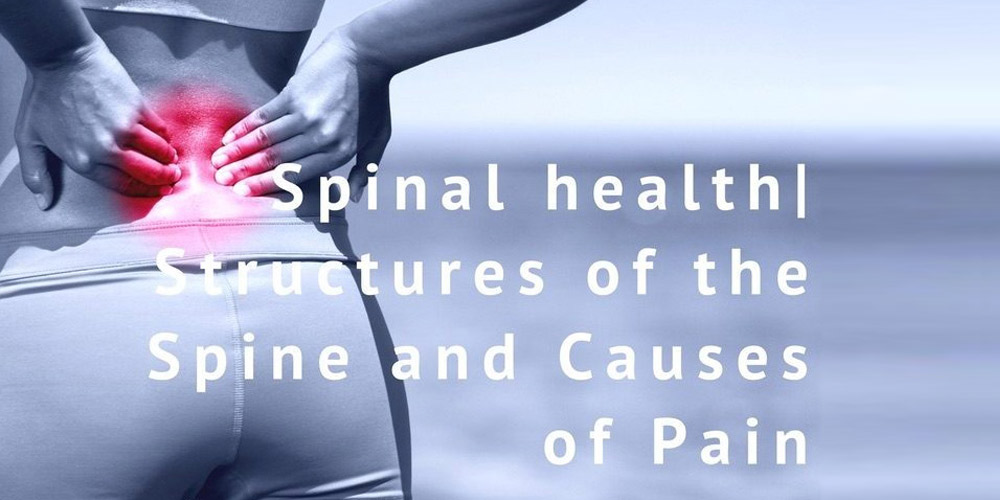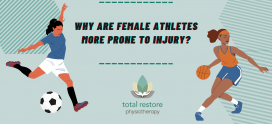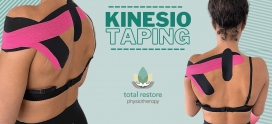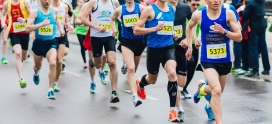Structures of the Spine and Causes of Back Pain
Welcome back to Part 2 of the Restoration Blog! In Part 1 we discussed Keeping Your Spine Healthy in the Office and in this issue, we will start to consider the root causes of pain in Structures of the Spine and Causes of Back Pain.
The spine is a complex network of structures and any injury, irritation or problem with these can cause low back pain. This includes the musculoskeletal spinal muscles, ligaments, the bones, intervertebral discs, joints and the nerves which exit the spine. BUT this is where it gets a little confusing ….! It is important to emphasise that structural abnormality is not always indicative of pain and that structures actually causing back pain is a controversial topic. The term can should therefore be used carefully. The symptoms and severity of back pain vary greatly; a simple muscle strain can cause severe acute pain, while a degenerating disc may present with milder intermittent symptoms. Studies have shown that one individual may have a disc bulge on an MRI scan and have no pain, whereas another person may have no abnormality found on an MRI but are in 10/10 pain.
The pain you feel is therefore unique to you and is not necessarily coincidental to the type of structures involved or indicative of scan results. In this blog, we attempt to summarise the most commonstructural causes of back pain but we must always remember that our bodies and pain itself are complex and there are a wide range of variables to consider. Back problems can be connected; tight muscles can irritate the underlying nerves, which may or may not be interrelated with underlying disc or joint problems. The body can compensate in terms of posture and muscle imbalances and can be exacerbated by stress, inactivity, poor general health and nutrition. We focus below on looking at spinal structures, however we must also ask ourselves is the source of pain from or correlated with other variables rather than any structural abnormality …….
Muscular/ Soft tissue Problems
This is the most common cause of acute back pain and ranges from symptoms of a mild ache to sudden severe pain. Muscular and/or ligament (bands of tissue connecting vertebra to vertebra) problems can be caused by different mechanisms such as muscular strains from heavy lifting, repetitive overuse through sitting or bending activities, sports injuries, underlying muscle weakness, postural problems and subsequent compensations. Either the muscles or ligaments become over stretched or torn, placing undue stress on the lower back. Symptoms normally include the following: localised lower back pain, tendernesspasm and nerve problems.s, muscle pain,
Lumbar Disc Problems
Your intervertebral discs are the spongy pads between your vertebrae which act to cushion the spine as it moves. Herniated discs can occur gradually due to wear and tear of the spine, or suddenly due to injury such as heavy lifting. A prolapsed disc is whereby the disc becomes compressed and bulges outwards or ruptures. Alternatively, degenerative disc disease, which is degeneration of the disc itself can also be a source of pain. As the discs deteriorate they lose their shock absorbing ability during bending and torsion of the back.
Sacroiliac Dysfunction
The sacroiliac joint connects to the bottom of your spine (lumbar), to the tailbone and pelvis. Any dysfunction to this joint, such as too little or too much movement, can cause lower back pain and/or referred pain.
Lumbar Stenosis
This is a less common cause of back pain whereby there is narrowing of the spinal canal or nerve root canals exiting the spinal column. This can result in nerve end compression with neurological type symptoms; leg pain, tingling, weakness and numbness.
Osteoarthritis
General wear and tear of the spine (arthritis), and of the cartilage surrounding the facet joints of the spine, can be a source of pain and limitation of movement.
Sciatica
The sciatic nerve extends from the lower back into the leg and to the foot. It can become impinged or irritated anywhere in its’ course and from any of the above conditions/ problems. The most common symptoms of sciatica are: burning type pain and/or tingling at the back and/or buttock, back of the leg and sometimes into the foot. Piriformis Syndrome is a problem whereby the piriformis muscle, a small muscle located in the buttock, becomes tight or spasms. The piriformis muscle can be irritated alone or because of a nearby structure such as the sacroiliac joint (see sacroiliac dysfunction). This can cause pain into the buttock area and can also irritate the underlying sciatic nerve.
Remember that if you experience low back pain, you are not alone. 80% of people will suffer with low back pain at some point in their lifetime. Most low back pain will resolve in days to a few weeks with correct self management and/or temporary treatment, but we must also get to the root cause, whether it be due to structural abnormalities, other factors, or a combination of both. A holistic approach is usually necessary to choose the best strategies and treatments to move forwards with for longer term management and prevention of reoccurrence. In Part 3 we will be focusing on treatment methods for the different causes of back pain, with an emphasis on re-gaining confidence with your back and getting you back to your best. See you in Part 3; Breaking the Vicious Cycle of Back Pain.
Total Restore. Your Manchester Physio Clinic.
Getting you back to your best.




